
Introduction: Egypt pyramids
Egypt pyramids Rising from the desert sands just outside Cairo, the pyramids of Giza are among the most iconic monuments in the world. As ancient wonders that have endured for millennia, they never cease to amaze visitors with their sheer scale and the mysteries of their construction. In this article, we’ll explore the three main pyramids of Giza—those of Khufu, Khafre, and Menkaure—along with other pyramid sites across Egypt pyramids. We’ll delve into their history, architecture, and what has been discovered about the ancient Egyptians who erected these enduring tributes to their kings Egypt pyramids.
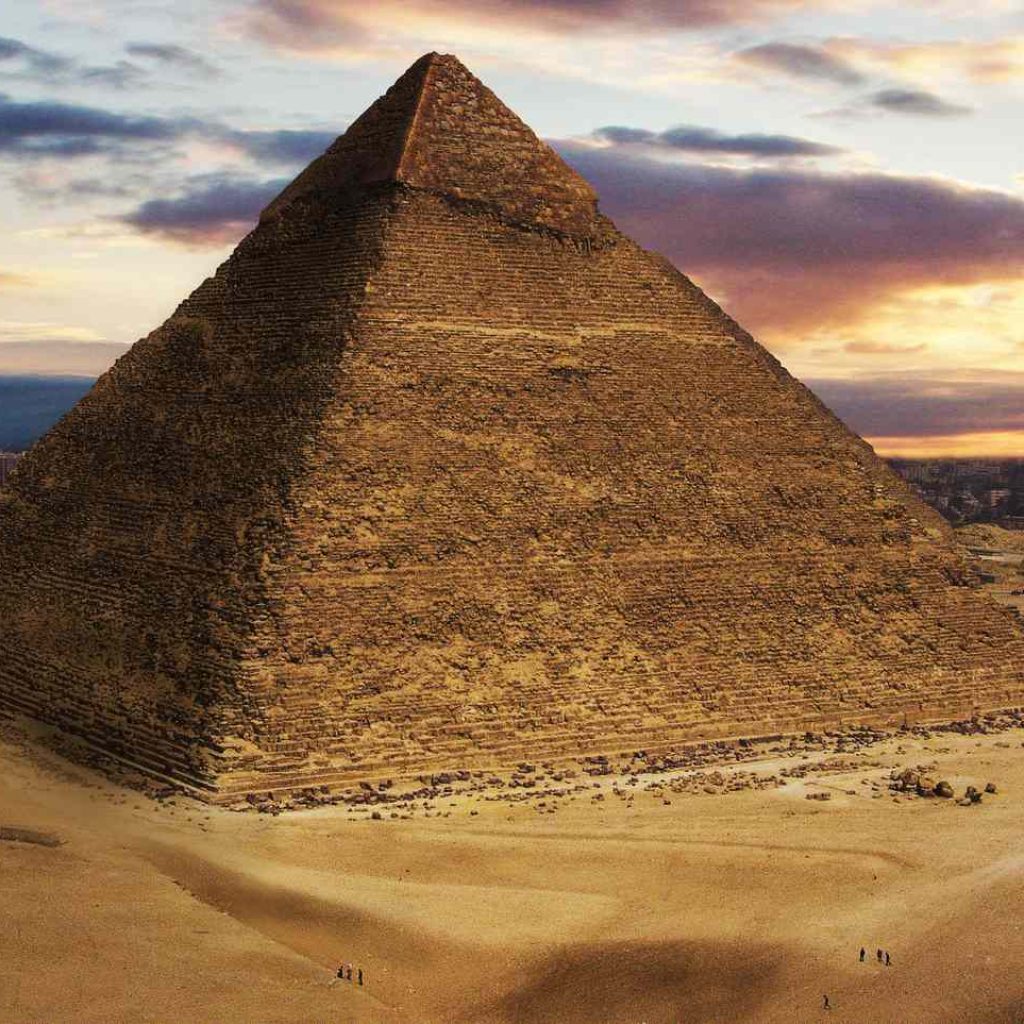
TABLE OF CONTENTS: Egypt pyramids
- The Great Pyramid of Khufu
- The Pyramid of Khafre and Great Sphinx
- The Pyramid of Menkaure
- Pyramids of Dahshur
- Pyramids of Saqqara
- Royal Pyramids of Abusir
- Pyramids of Luxor
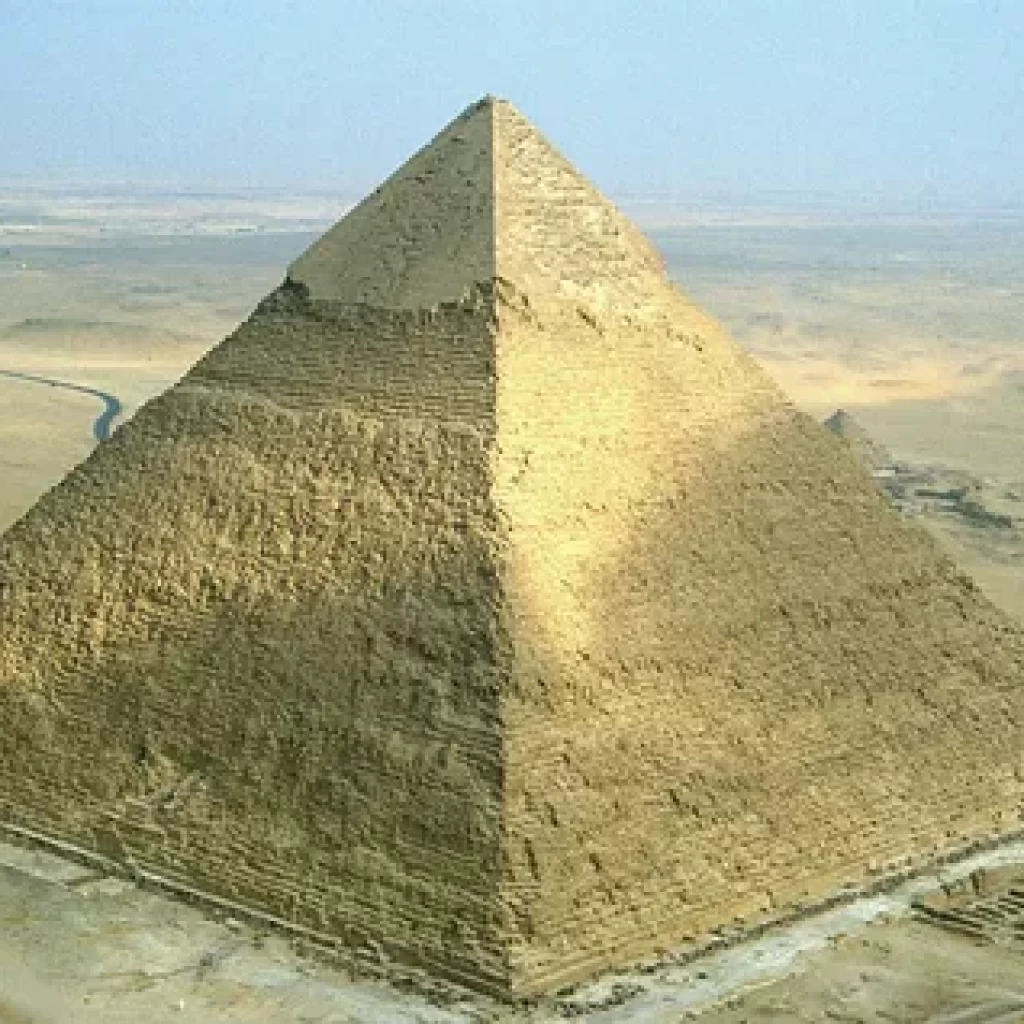
- The Great Pyramid of Khufu
The largest of the Giza pyramids, the Great Pyramid was built for the pharaoh Khufu (Cheops) around 2560 BC. It once stood at 481 feet and was considered one of the Seven Wonders of the Ancient World. Made from an estimated 2.3 million limestone blocks weighing from 2-30 tons each, its massive scale testifies to the organizational skills of the ancient Egyptians. Though its outer layer has eroded, its inner chambers still inspire wonder, including a Grand Gallery and King’s Chamber hewn from granite.
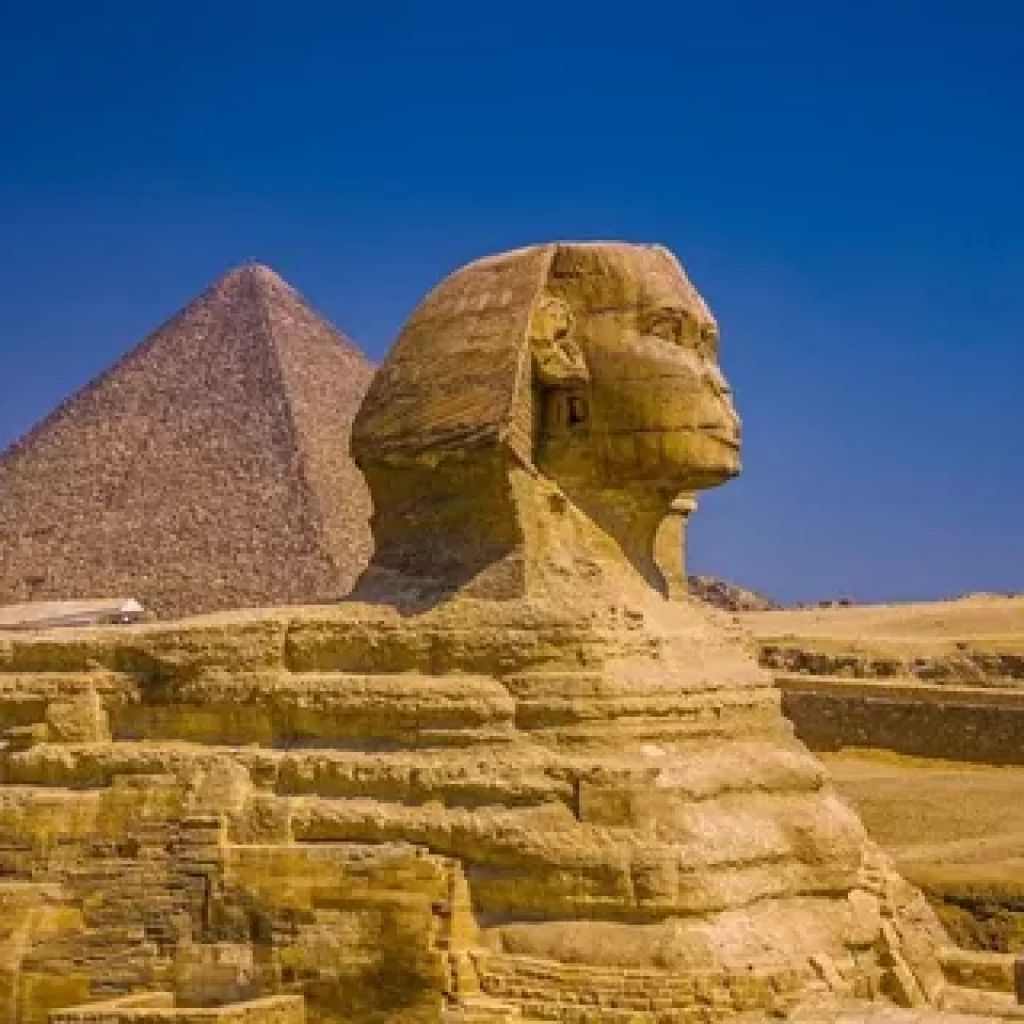
- The Pyramid of Khafre and Great Sphinx
The second largest pyramid at Giza was built for Khafre around 2520 BC. Its smooth limestone casing makes it appear larger than its neighbor, Khufu’s pyramid. Next to it sits the colossal Great Sphinx—carved from bedrock with the head of the pharaoh and body of a lion—believed to also portray Khafre. At 73 meters long and 20 meters high, it is one of the oldest and largest known sculptures. Together, the pyramid and Sphinx form an architectural complex reflecting Khafre’s status.
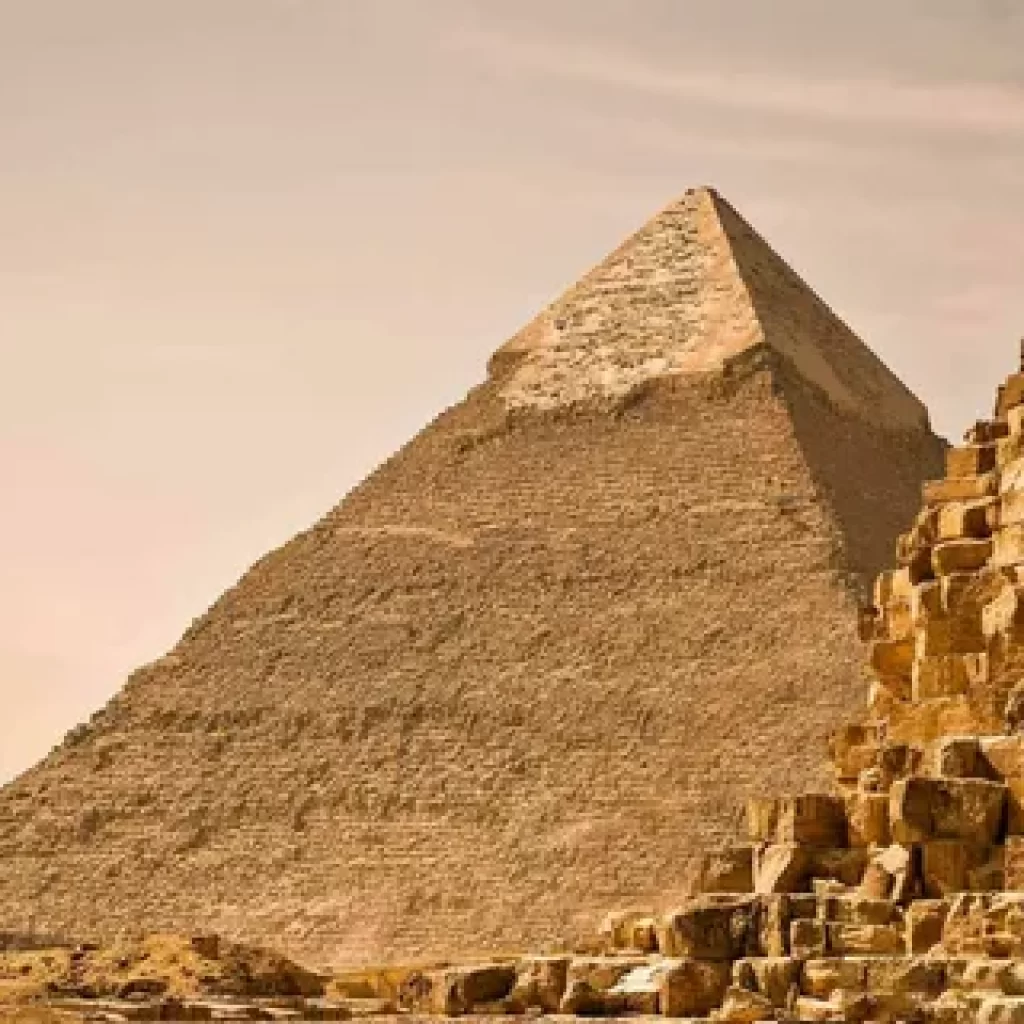
- The Pyramid of Menkaure
The smallest of the main Giza pyramids, that of Menkaure, was built around 2490 BC. Its original height was 61 meters, and it retains much of its limestone casing. Within are three burial chambers including the king’s, made of granite like its predecessors. As with other pyramids, the interior was robbed in ancient times, though recent excavations revealed fragments of Menkaure’s statues. Its architecture demonstrates the evolution of pyramid building during Egypt’s Old Kingdom era.

- Pyramids of Dahshur
South of Giza lies Dahshur, site of pharaonic experiments that influenced later pyramid design. The Bent Pyramid, built for Sneferu around 2613 BC, appears to have its upper section constructed at a shallower angle, suggesting a change in plans mid-build. Nearby, the Red Pyramid is a true success—the first smooth-sided pyramid and oldest intact one in Egypt. Sneferu’s pyramids demonstrate how architects refined their craft.
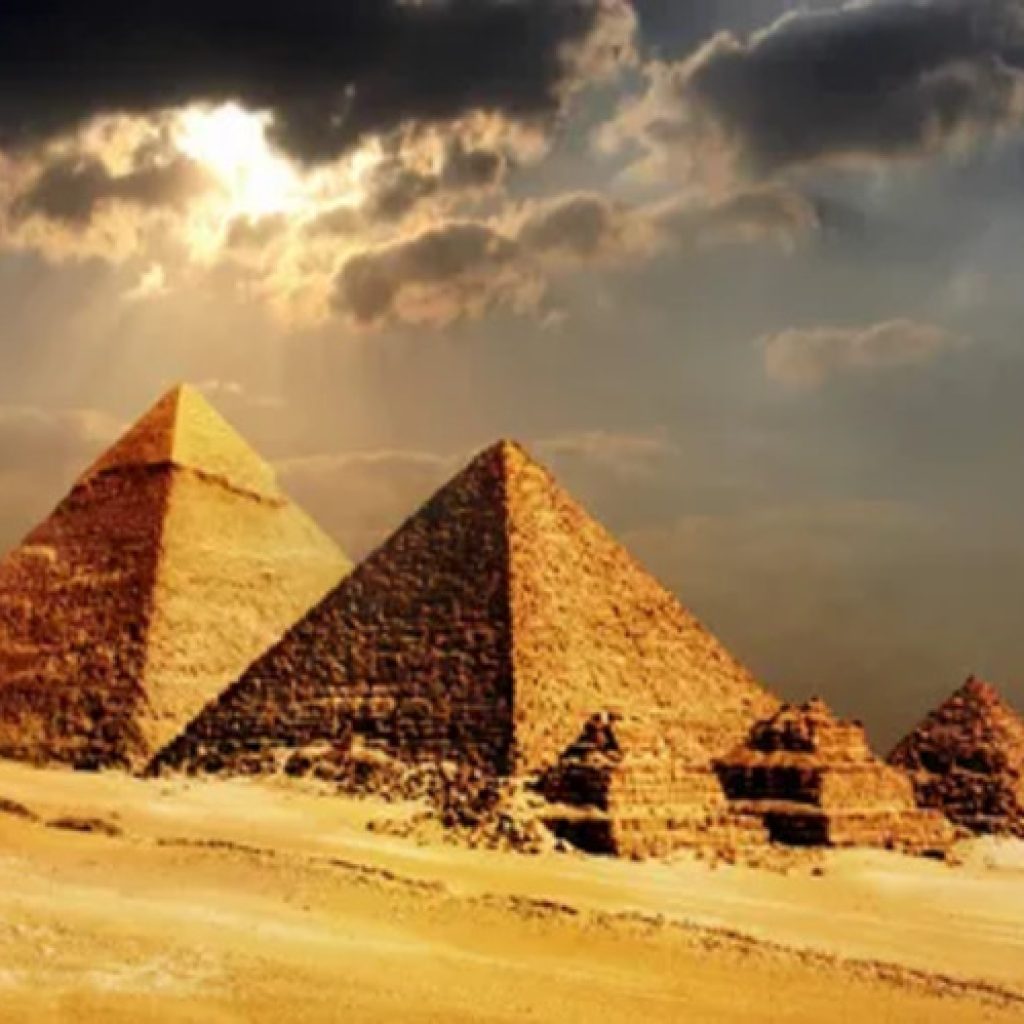
- Pyramids of Saqqara
The necropolis of Saqqara served as the royal burial ground for the early dynasties of Memphis. Among its structures is the Step Pyramid of Djoser from 2630 BC, the earliest colossal stone building complex and first pyramid with flat terraces. Nearby are pyramids of later Fifth and Sixth Dynasty pharaohs like Teti and Pepi II, as well as the pyramid-shaped tombs of nobles. Saqqara provides insight into pyramid origins.
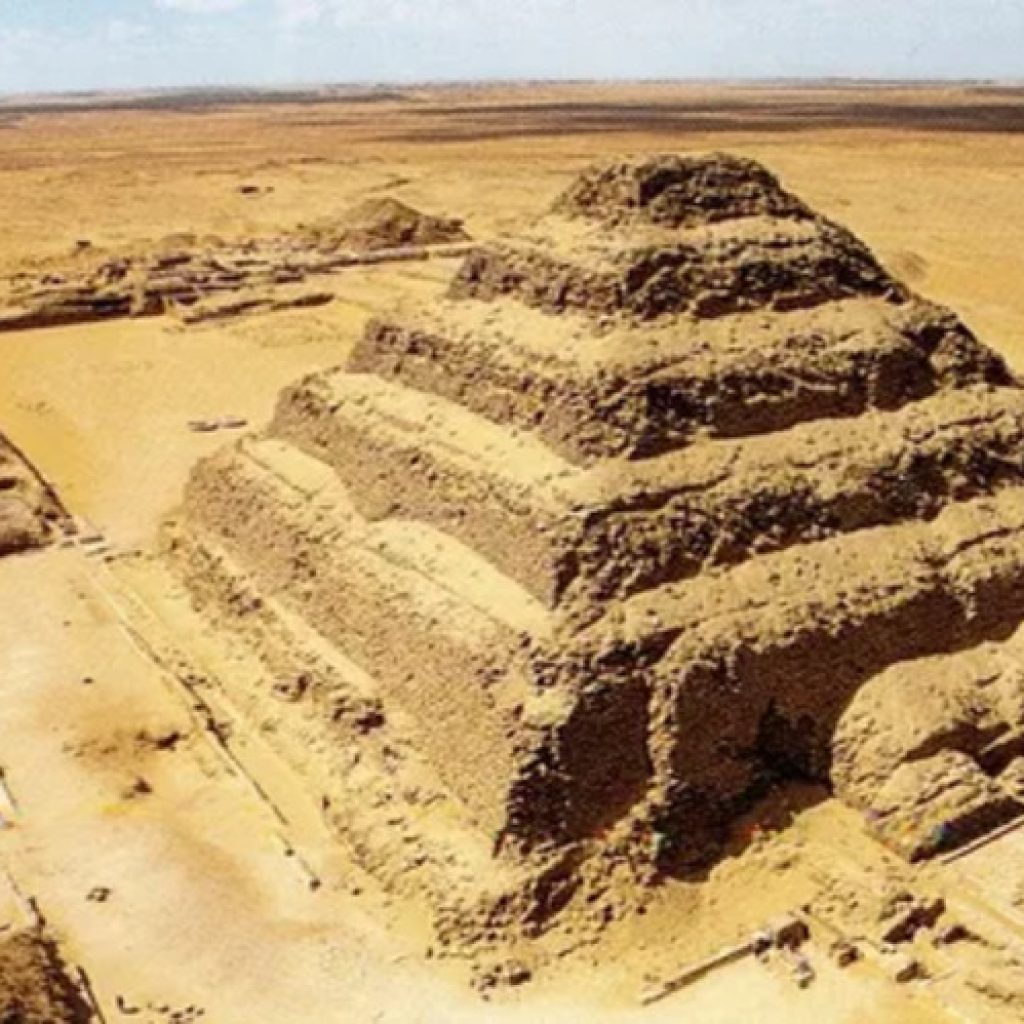
- Royal Pyramids of Abusir
The pyramids at Abusir, south of Saqqara, were built for Fifth Dynasty pharaohs including Niuserre and Sahure. Their ruins preserve traces of how pyramids were adorned with fine Tura limestone and interior structures. Within Sahure’s pyramid, reliefs depict the first known funerary gardens—a precursor to later Valley of the Kings tombs. Abusir pyramids illustrate how the form advanced during Egypt’s peak of power around 2494-2345 BC.

- Pyramids of Luxor
In Upper Egypt near modern Luxor stand six smaller pyramids from the 12th Dynasty built for kings including Amenemhat I. Their construction of limestone blocks and smooth casing mirrors those of earlier eras. Uniquely, the pyramid of Amenemhat I incorporate a nearby temple, reflecting how religious and funerary architecture integrated. The pyramids of Luxor provide a glimpse of royal afterlife beliefs during Egypt’s Middle Kingdom period.
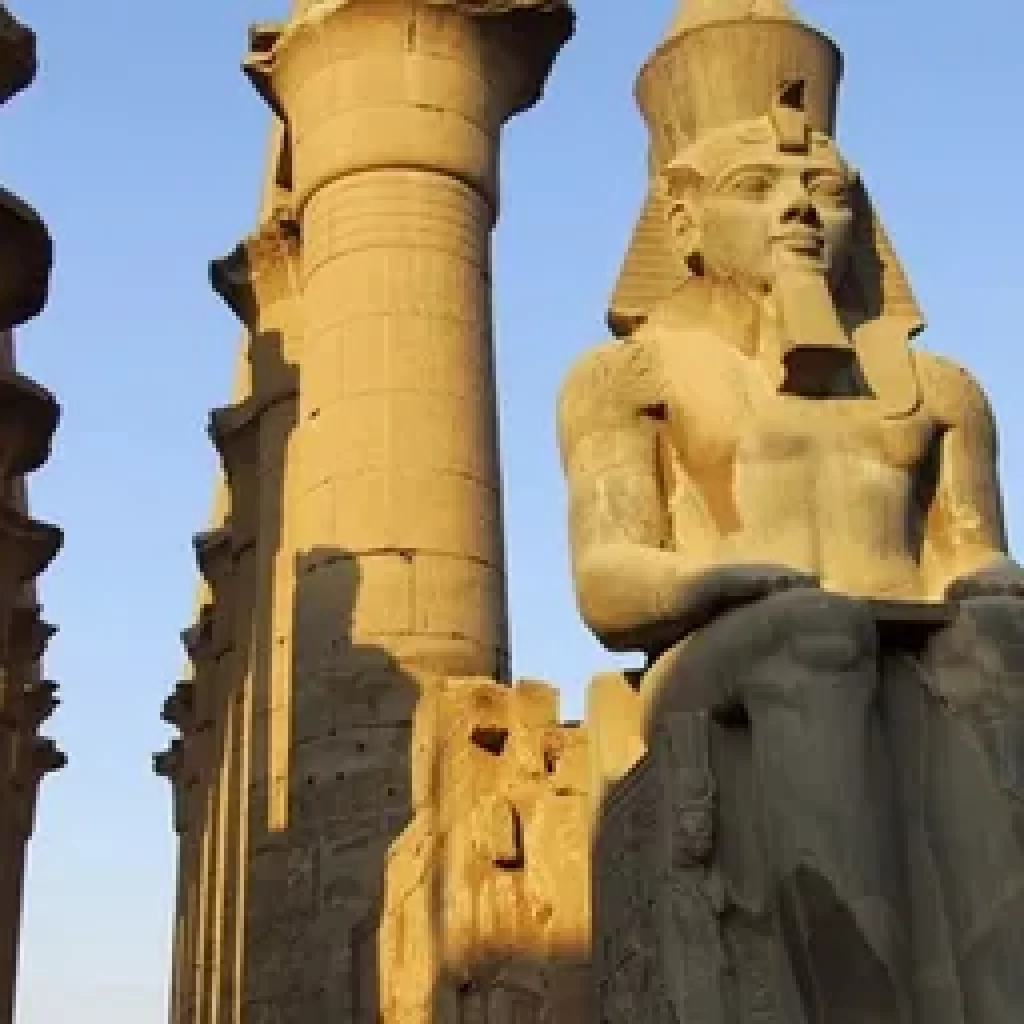
CONCLUSION: Egypt pyramids
Egypt pyramids From the earliest experiments to their classical zenith, the pyramids of Egypt stand as eternal testaments to the artistic skills, organizational feats, and religious beliefs of ancient Egyptian civilization Egypt pyramids. While their original splendor has yielded to the ravages of time, their very presence still evokes wonder at both the kings they enshrined and the people who raised these structures to the heavens. They remain among history’s most iconic monuments, a fitting tribute to those who first grasped the profound concepts of mathematics and engineering in Egypt pyramids.
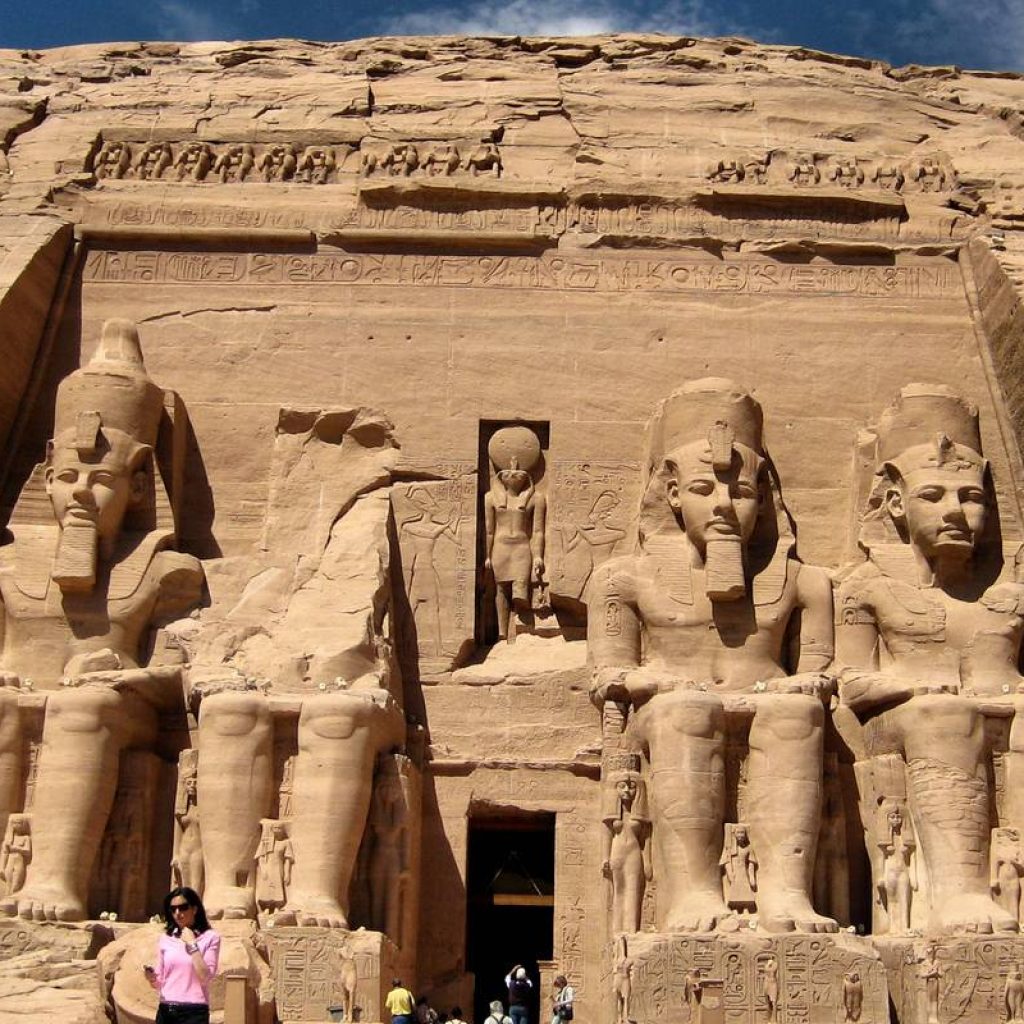
FAQs: Egypt pyramids
- How many pyramids are located in Giza?
There are three main pyramids at Giza—those of Khufu, Khafre, and Menkaure.
- What is the construction material used for pyramids?
Most pyramids were constructed of limestone and granite blocks. The cores were made of limestone and the outer layers faced with polished limestone casing.

- Which pyramid is the oldest?
The Step Pyramid of Djoser at Saqqara, completed around 2630 BC, is considered the oldest complete stone building complex and first true pyramid structure.
- What is inside the pyramids?
The internal structures usually included burial chambers, passages, and rooms for offerings or rituals. Later pyramids contained elaborate decorated tombs for kings.
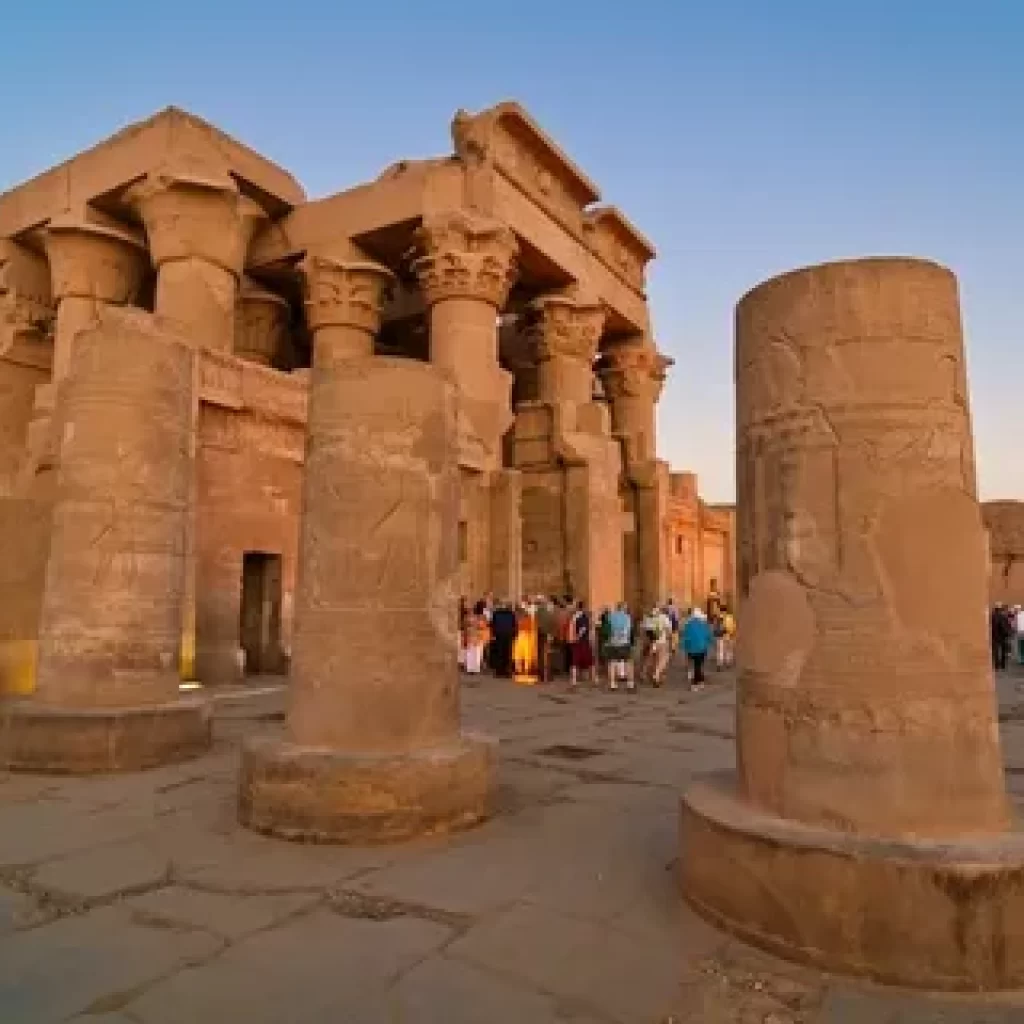
- Why were pyramids built?
Pyramids were built as enduring monuments housing the bodies of pharaohs to help their souls’ ascension to heaven and ensure their immortality after death.
- How long did it take to build pyramids?
Most pyramids were built over decades using hundreds of thousands of workers. The Great Pyramid of Khufu is estimated to have taken over 20 years to complete.
- What other structures were built at pyramid sites?
Mortuary temples, smaller pyramids for queens and nobles, boat pits, and towns for pyramid workers were often constructed near large royal pyramids.

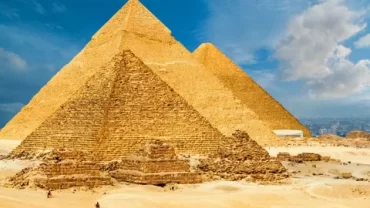



Comment (0)